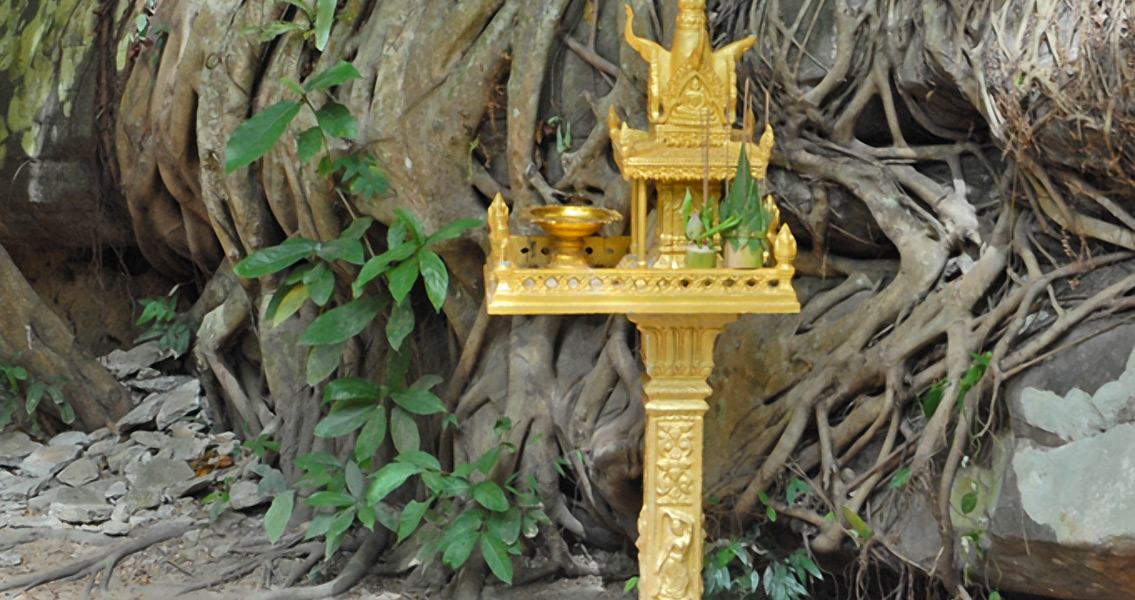<![CDATA[An ancient stone staircase leading the way to the top of the sacred Cambodian hilltop site known as Phnom Kulen is the focus of new investigations by archaeologists keen to understand its secrets. The 550-meter staircase, built from a rust-red stone known as laterite, is understood to have been built sometime between the ninth century and the thirteenth century CE. Designed to make it easier to make the steep, rocky ascent to the sacred site, the staircase was constructed at the behest of a powerful leader. It has since stood the test of time, being accidentally battered by loggers, subjected to land mines by the Khmer Rouge, and trod upon by generations of Cambodians. The site is inextricably tied with the rise of the Khmer Empire, with Jayavarman II declaring independence of the former Java Empire in 802 CE in Phnom Kulen. The king may have had the 15-meter-wide path constructed at that time, coinciding with the founding of the mountain city of Mahendraparvata, the first capital of the fledgling empire. However, the staircase could have also been built several centuries afterwards in the wake of the capital moving to Angkor Thom during the late twelfth century. The path would have been specifically for pilgrims who wished to visit the carved riverbeds and sculpted caves of the region, making the trip less arduous. According to an article in The Cambodia Daily, researchers have yet to make a determination as to the exact date the path was built. However, they do agree that the construction efforts would have been a major undertaking. Jean-Baptiste Chevance, a French archaeologist that heads the Phnom Kulen program for the Archaeology and Development Foundation (ADF), remarked that the infrastructure project would have needed a massive labor force. The Khmer Rouge used Phnom Kulen as a stronghold for years. Their mining operations made it impossible to study the path, but modern archaeological efforts have begun to make forays into the region. Chevance and his team have been busy using LIDAR imaging to map the ancient, vegetation-choked ruins of the city of Mahendraparvata; having wrapped up their study of the site, they have now turned their attention elsewhere. The Cambodian Mine Action Center has swept the staircase for landmines left from the Khmer Rouge era, giving the ADF the go-ahead for conducting ground surveys of the path safely. The plan is to supplement these surveys with LIDAR sweeps to fill in any gaps. Determining a construction date of the path has been problematic, Chevance said, because there are no carvings or other remains that would provide clues to understanding when it was built. In some places, stairs were carved directly into the rock of the mountain; in others, there are large, flat sections that may have been used to provide respite to weary travelers. These rest areas may have even provided access to spring water for pilgrims, according to researchers. Hopes are that the staircase can one day be preserved and turned into a historical tourist attraction. ]]>
Scientists Investigate Ancient Stone Staircase in Cambodia
